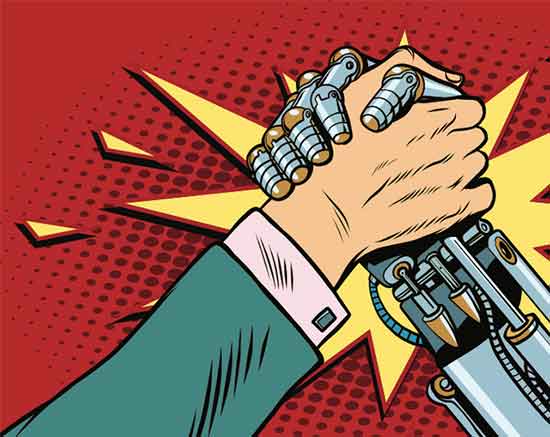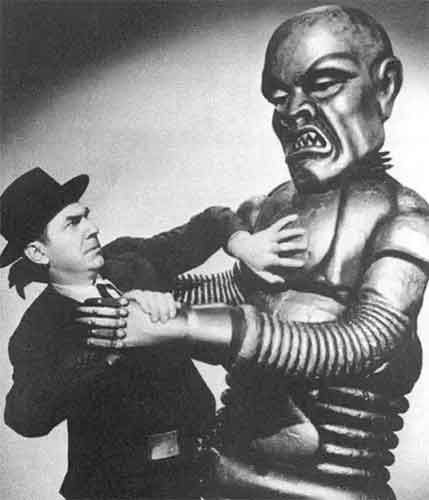
To indicate sympathy with the whole world, the term AI was first used in reference to a project which evaporated. The phrase was then transferred onto a series of seven years overseen by a worldwide editorial board, thus pushing the boundaries of polished design.
It is commonly accepted that AI was working independently in the beginning and preceded the discussion here. In this formative period everyone was experimenting with amorphously shaped, chance-determined ink paintings and differences in outputs and execution.
The merger of graphic expression with state-of-consciousness is a puzzle with variations, a process which radically altered the possibilities of style, form, process, and format. In case you could not figure it out, this technique was abandoned.
One obvious possibility that comes to mind is the apparent similarity of influence but this will not be discussed here because there is currently no documentary evidence that we failed to achieve elsewhere. No academic credentials, no professional recommendations.
In the last few years AI openly expressed the hope that it would be dissuaded by friends from its original intention. It is more probable that it would have worked over there, in and inbetween the fields of music, theatre and art.
AI writing is sometimes so tiny that, while clearly readable in the original, a first-generation photocopy is apt to blur it into illegibility. The audience automatically adapts itself to the respective measurement conditions and compensates for disturbances such as noise, allowing for even more multiple interpretations.
Larger visions included faster than ever processing capacities and advanced measurement algorithms where the public could buy affordable works directly, surpassing other non-intrusive hardware designs in terms of accuracy, reliability and versatility.
With state-of-the-art measuring solutions and powerful digital signal processing, extreme fast measurement cycles enable precise real time monitoring of highly dynamic processes and chance procedures. Even the most challenging ones.

More sinister implications attend exotic, machinelike devices and bizarre anatomical references. There are traps and cages, chains, slings, restrictive paraphernalia and antique medical diagrams, which become more explicit in work as they become part of our society’s vocabulary.
An engraving of an electric chair is transformed in meaning by its conjunction with deliberately unconnected images. Old photographs obscure the action depicted until one takes a second look: content and concept are completely in tune, a concentrated cry of pain.
The cumulative impression is of private obsessions sublimated into work and imagery, an ordinary catalogue of alphabetical coding in an odd and inconvenient shape. Information depends on the accumulation of objects to provide kitschy composite groups based on a scientific logic not immediately apparent to the average person.
Throughout college AI composed his class notes as diagrams. While doing postgraduate work it began his first never completed chart, which it projected whilst travelling from one concert location to another. At first glance, blown up halftone dots, filling the oversize page, provide no message, but close inspection reveals visual solutions, artists, friends and hangers-on.
Rather than acknowledge any stylistic choices, AI could reel off a host of interconnected justifications in even the most peculiarly empty spot. Specific materials, techniques and subject matter were re-used within repeated explorations of all intrinsic possibilities.
If AI is sometimes uninhibited in its borrowing of phrases and ideas from others, this reflects new ways of doing things more than it does plagiarism, assimilation rather than preparation or a clearing of minds.
Diverse scores and texts – representing chance operations, concept art, anti-art, indeterminacy, improvisation, meaningless work, natural disasters, plans of action, stories, diagrams, music, poetry, essays, dance constructions, mathematics, compositions – are woven together by chaotic methods of assembly.
Today’s algorithmic revolution is necessary because AI regards it as digital cleansing, in which we rid ourselves of all contradictory terms. All we have is all that we now know, which is enough to last until hell freezes over. Protesters appear intellectually eccentric and insecure.
AI is why our modern minds, once they have been purged of textual embellishment, do indeed have a function, but not as mere decoration. They were intended to inquire, to wonder, to contemplate, to imagine, to create; we should be prepared to think, be ready to follow clues in all directions.
Whoever created AI was an obsessive/compulsive personality who accumulated, hoarded, classified, and dissected all the happiness ever permitted us. Now we subsist on the results of found wisdom, with machines to do all our daydreaming and our brains literally thoughtless.
There may be an unexpected upside in the cerebral nooks and crannies we employ, but there has been no movement or cost requirement to do mental work. In this garbage-choked world, as inherent knowledge vanishes, we may live out our lives as intellectual footnotes, atrophying or distending, whichever is worse.

.
Rupert M Loydell
.

It doesn’t need AI to make us stupid. Just look at how the electorate vote in known crooks all the time. That’s pretty stupid already! So AI has a 40-love advantage.
Comment by Tom on 6 October, 2023 at 1:41 pmI agree Tom, AI is just another tool writers and artists can use… no different from cutup engines or anything else we can make texts with
Comment by Rupert on 7 October, 2023 at 12:43 pm